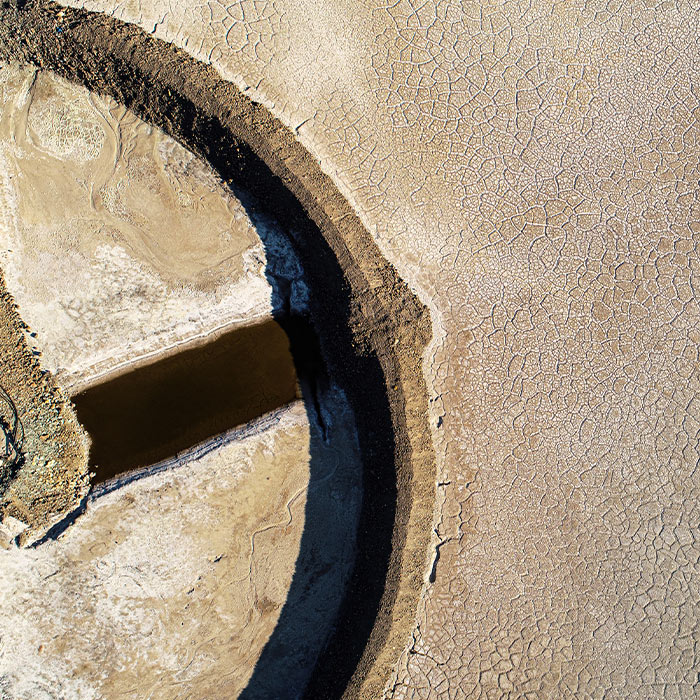Tailings management technology can assist mining companies in maintaining sustainable operations by enhancing dam safety and reducing environmental impacts.
In the wake of catastrophic dam collapses, mine operators globally are under increasing scrutiny to meet rigorous safety standards for their tailings storage facilities following the launch of the Global Industry Standard on Tailings Management (GISTM) in 2020.
Adopting immersive tailings management technology in mine planning can deliver a host of operational benefits – improving efficiencies while meeting compliance and sustainability requirements.
Improved Dam Safety
A major advantage of adopting tailings management software in mine planning is the reduction of dam safety risks. Tailings dams are a crucial component of most mining operations, and proper management and monitoring is essential to maintain the integrity of the dam.
Tailings management technology empowers mine operators to keep track of all aspects of a tailings storage facility, streaming real-time instrumentation monitoring and live data analytics to a single platform on which multi-level decisions can be made This allows mining companies to take preventative measures to reduce the chance of incidence and minimise potential impacts on the environment and surrounding communities.
Effective Water Resource Management
Mining operations consume significant amounts of water, which can vary based on the type of mining and location. In some instances, the amount of water moved through a mining operation can be equivalent to the volume of ore moved, making the case for optimisation and recoveries extremely compelling.
A good TSF software should be capable to support operational accountability and ultimately containment of mining procedures that affect water use, including alerting operators of adverse impacts on water quality as well as monitor in real time inputs and outputs that present a risk to safety or adverse outcomes.
Leading mining companies are now looking to these advanced tailings storage management technologies as a holistic solution to optimising water as a resource throughout the mining process.
Optimised Storage Capacity
Tailings management software with capability to undertake precise 3D modelling can result in optimised tailings storage capacity and project economics, increasing its lifespan and reducing risks. Effective and efficient storage management reduces the risk of seepage and over-topping, while maximising in-situ dry densities. This is achieved by maximising water recovery through real-time water balancing and capacity estimations.
TSF Visualisation
Progressive and responsible mining companies are looking to software that enables real-time creation and visualisation of TSF data, allowing continuous review and assessment of fluctuations throughout the dam life cycle.
With a platform that draws on comprehensive data in a virtual environment, relevant site management can estimate tailings capacity and export relevant information for interpretation and modelling into various compatible software formats.
GDMS at the forefront of tailings management technology
The GDMS technology offers a revolutionary immersive solution for executive and operational teams with its 3D, cloud-based platform for safe Tailings Storage Facility (TSF) management. Unlike other mining software in the market, GDMS is a dynamic technology that offers reassurance to all stakeholders that a TSF’s integrity is upheld – from construction, to operational due diligence, monitoring and risk management at every level.
The GDMS operator dashboard simplifies conformity with the GISTM, providing an integrated knowledge base to identify and monitor all material risks associated with tailings management arising from company activities. Importantly, with the lifecycle of a tailings facility potentially lasting decades, GDMS supports decisions in the short, medium and long term with its predictive modelling capability.
A TSF design and management plan backed by GDMS offers complete transparency and accountability to support zero harm commitments and adherence to regulatory standards.
